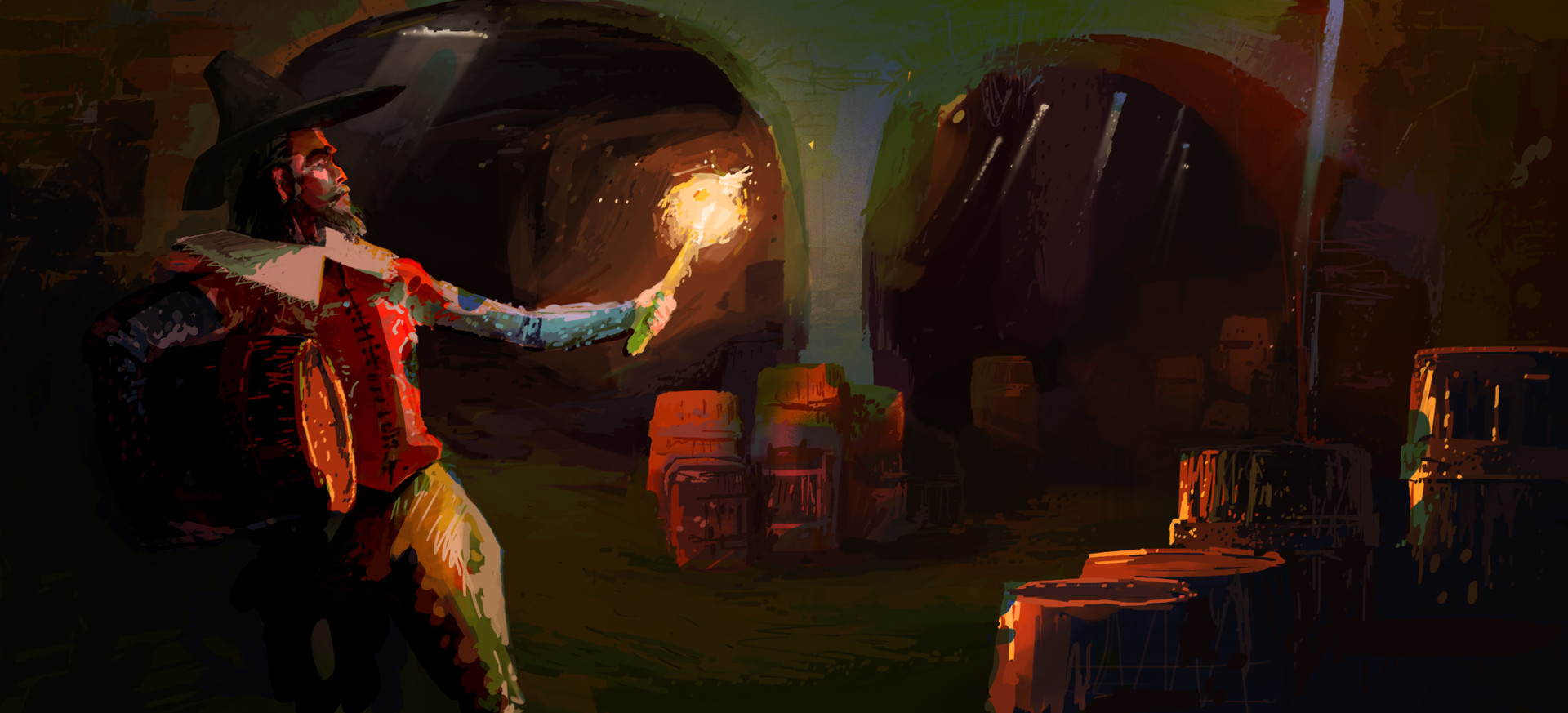Gunpowder, Treason & Plot

“Remember, remember, the fifth of November, the gunpowder treason and plot…” But what was the plot? Who committed the treason? And where did they get the gunpowder?
It’s a very famous story, Guy Fawkes and his band of Catholics planting barrels of gunpowder under the houses of Parliament in an effort to blow up the building and assassinate the king.
…but did you know that the manufacture of gunpowder was a state monopoly in 1605? And that, in all the investigations following the exposure of the plot, no one ever ascertained how the conspirators had managed to obtain 36 barrels of gun powder?
…or that there are multiple conflicting accounts of how/when/where Fawkes was actually arrested?
…or that contemporary figures wrote that the government knew of the alleged plot months before November 5th?
…or that alleged ringleader Robert Catesby, according to his servant, met with James’ spymaster Sir Robert Cecil at least three separate times in 1605?
…or that this plot was politically very convenient for a “monumentally unpopular” king James I?
These are just some of the contradictions present in the official story, which should remind us that false flags and narrative construction are not new tools, they have centuries of history behind them.
Gloria Moss wrote a long piece about this last year, but for those of you looking for some cosy autumn evening viewing we suggest Gunpowder, Treason and Plot, which Catte first wrote about back in 2016:
This 2001 UK Channel 4 documentary explores the legends and myths and historical realities behind the famous November 5 “gunpowder plot” of 1605, in which a group of disaffected Catholics – including the infamous Guido (Guy) Fawkes – allegedly planned to blow up King James I and his government at the State Opening of Parliament in 1605, using barrels of gunpowder stashed in the cellars of the palace of Westminster.
Happily for James the plot was fortuitously uncovered hours before the ceremony was due to commence. Guido Fawkes was apprehended in flagrante in the cellars, surrounded by kegs of gunpowder. He confessed under torture.
The other alleged conspirators were soon rounded up and either died resisting arrest or were hanged drawn and quartered in batches.
The end result of this was a return of harsh state persecution of Catholics living in England, who had been permanently disenfranchised and persecuted since the early days of Elizabeth I’s reign, some fifty years earlier.
In 1604 there had been a move to soften the government’s stance on this. But the “gunpowder plot” convinced even the most dovelike officials that there was no room for compromise with the “agents of the Pope.”
So, was the “gunpowder plot” exactly what you will read about in the history books, an ad hoc conspiracy by a few angry Catholics?
Or does it have some hallmarks we will recognise as oddly modern and familiar? Was this an early case of LIHOP? Or something even darker than that?
This documentary dares to at least touch on some of these questions.
If it were being made now, for a major mainstream outlet, would this be considered acceptable?
Happy Bonfire Night everyone.
Read the full article at the original website
References:
